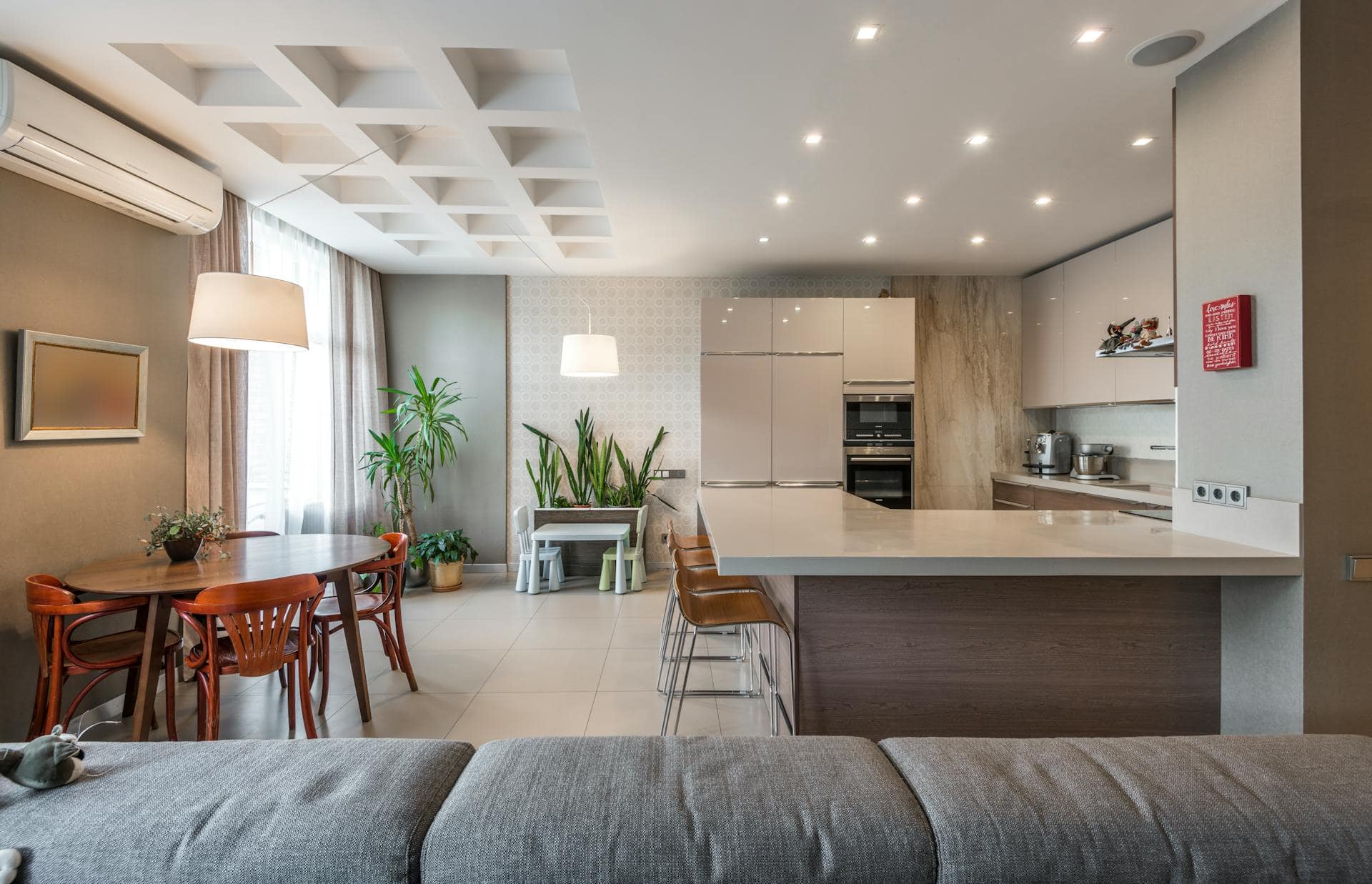
Question: Should Kitchen Lights Be Warm Or Daylight?
Answer: Both! Warm lighting creates a cozy ambiance for dining, while daylight is ideal for food prep and cooking. Combine both for a functional and inviting kitchen.
Kitchen Lighting: A Warm or Daylight Dilemma?
Choosing the right kitchen lighting can feel like a challenge. Warm or daylight? This question impacts your kitchen’s look and function. This article explores both options, helping you make the perfect choice for your space.
Understanding Warm Light
Warm light creates a cozy and inviting atmosphere. It mimics the soft glow of incandescent bulbs, often associated with relaxation and comfort. Warm light typically falls within the 2700K-3000K color temperature range. This yellowish light complements earthy tones and wood finishes, making it a popular choice for traditional or rustic kitchens.
Warm light benefits include a calming ambiance, excellent for evening meals and social gatherings. It also reduces glare, a benefit for spaces with reflective surfaces. However, warm light can sometimes make a room feel smaller and colors appear less vibrant.
Pros:
Creates a relaxing ambiance, reduces glare, complements warm color palettes.Cons:
Can dull colors, may make the room feel smaller, not ideal for task lighting.
Click here for more information on refacing kitchen cabinet doors Toronto
Related Article: Should Kitchen Lights Be on a Dimmer?
Related Article: How Many Watts of Light Do I Need For My Kitchen?
Should Kitchen Lights Be Warm or Daylight?
The “best” light depends entirely on your needs and preferences. Consider your kitchen’s style, size, and primary functions. Do you prioritize a cozy atmosphere or bright task lighting? Answering these questions guides your decision.
Warm light excels in creating a relaxing environment for entertaining and dining. Daylight promotes productivity and enhances visual clarity during food preparation. Often, a combination of both provides the best solution.
Combining Warm and Daylight
Many homeowners find success by blending warm and daylight in their kitchens. This approach offers the best of both worlds. Use warm light for general ambient lighting and over dining areas. Install daylight bulbs under cabinets or above workspaces for task lighting. This layered approach allows you to adjust the lighting based on your current activity.
Layering light offers flexibility and control over your kitchen’s atmosphere and functionality. You can adjust the brightness and color temperature to suit different times of day and activities. This combination provides the most adaptable lighting solution.
Choosing the Right Bulbs
When selecting bulbs, consider the Kelvin (K) rating. Lower K values indicate warmer light, while higher K values represent cooler light. Also, pay attention to lumens, a measure of brightness. Higher lumens produce more light.
Experiment with different bulb types: LEDs offer energy efficiency and longevity, while halogens provide excellent color rendering. Consider dimmable options for ultimate control over your kitchen’s lighting.
Creating the Perfect Kitchen Ambiance
Lighting plays a critical role in defining your kitchen’s atmosphere. By carefully choosing between warm and daylight, or combining both, you can achieve the perfect balance of function and style. Consider your personal preferences, kitchen layout, and daily activities to create a space you truly love.
Selecting the right lighting transforms your kitchen. By understanding the differences between warm and daylight, and exploring the benefits of each, you can create a space that is both beautiful and functional, meeting your specific needs. [ 1 ]
References
1. https://citylightssf.com/blogs/city-lights-insights/color-temperature-for-kitchen-lighting/

Blue Malue Get in touch with Blue here.
